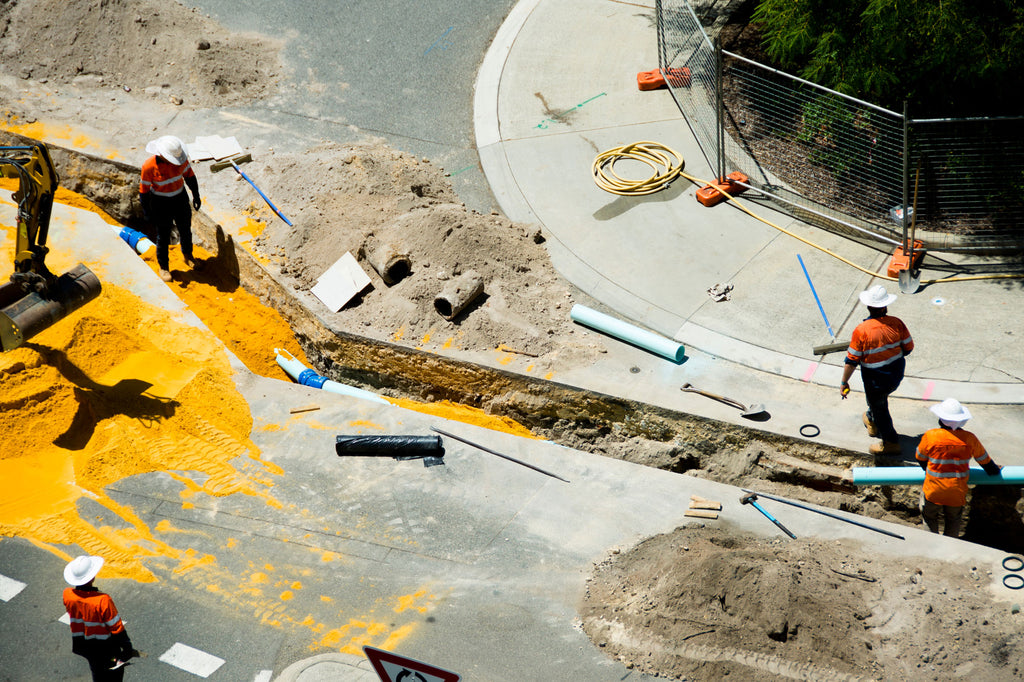
Roadwork Revolution: Innovations Reshaping the Industry

Road construction is an ever-evolving field, driven by the constant need for efficient transportation infrastructure. In recent years, the industry has witnessed a surge in innovative techniques aimed at revolutionizing the way roads are built. These advancements not only enhance the durability and safety of roadways but also contribute to sustainable development and reduced maintenance costs. In this edition of "Off the Beaten Path," we delve into some of the most groundbreaking road construction techniques that are shaping the future of the industry.
One of the most intriguing advancements in road construction is the utilization of 3D printing technology. 3D printing, also known as additive manufacturing, has gained immense popularity across various industries, and the roadwork sector is no exception. With this technique, roads can be constructed layer by layer using specially formulated materials. The benefits of 3D-printed roads are numerous. They allow for precise control over the design, resulting in smoother surfaces and reduced wear and tear. Additionally, 3D-printed roads can be constructed faster and with greater accuracy, minimizing disruptions to traffic and reducing labor costs.
Another exciting development is the concept of self-healing asphalt. Traditionally, asphalt roads deteriorate over time due to factors such as weathering, heavy traffic, and water intrusion. However, researchers have been working on incorporating microcapsules into asphalt mixtures, containing healing agents that can repair cracks autonomously. When cracks form, the capsules rupture, releasing the healing agents, which then fill the gaps and restore the road's integrity. This innovation not only extends the lifespan of roads but also reduces the need for frequent repairs, saving time and resources.
Sustainability is a key focus in road construction, and innovative techniques are being employed to reduce the environmental impact of infrastructure development. One such technique is the use of recycled materials in road construction. By incorporating recycled asphalt pavement (RAP) and recycled concrete aggregates (RCA) into new road surfaces, the industry can reduce the demand for virgin materials and minimize waste. Not only does this approach conserve natural resources, but it also lowers carbon emissions associated with the production and transportation of new materials.
Furthermore, advancements in the development of sustainable road-building materials have gained significant attention. Researchers are exploring alternative materials, such as recycled plastics, rubberized asphalt, and bio-based binders, to create more eco-friendly road surfaces. These materials offer improved performance characteristics, including enhanced durability, reduced noise levels, and increased skid resistance. By adopting sustainable road-building materials, the industry can contribute to a greener future while maintaining the highest standards of quality and safety.
In conclusion, the road construction industry is undergoing a transformative phase, embracing innovative techniques that improve efficiency, durability, and sustainability. From 3D printing technology to self-healing asphalt and the use of recycled materials, these advancements are reshaping the way roads are designed and built. As road workers, it is essential to stay informed about these developments to remain at the forefront of the industry. By embracing innovation and adopting these techniques, we can create roadways that are safer, longer-lasting, and more environmentally friendly. Let us continue to explore, adapt, and build a brighter future for the roadwork industry.


ukxsUhXYf